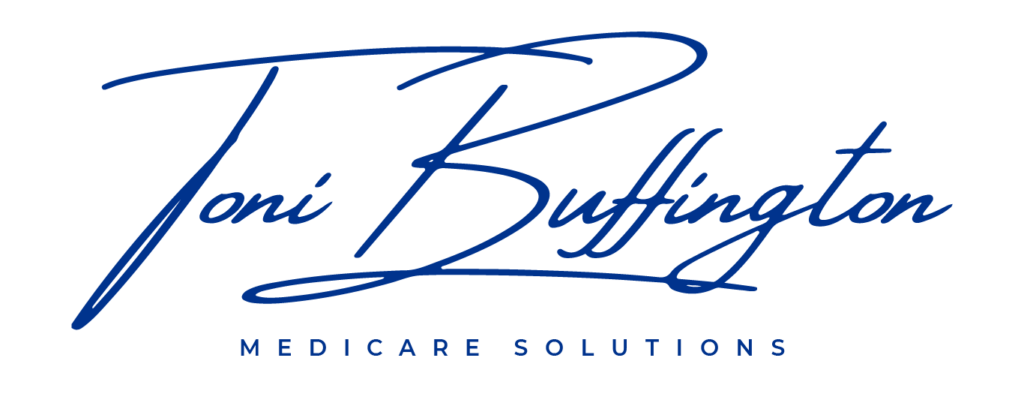Many prescribed drugs are covered by Medicare Part D prescription drug insurance. However, in rare cases, coverage may be unavailable. This could be related to the type of drug, the cost, or the regulation.
Original Medicare includes Part A, which covers prescriptions received as an inpatient at a hospital, and Part B, which covers restricted outpatient drugs, such as those administered at a doctor’s office. Part D coverage is required for other forms of take-home prescribed medicines.
About Part D
Medicare Part D is prescription medication coverage accessible to people with Original Medicare. Private Medicare-approved insurance firms administer these programs.
When it comes to coverage, the federal government establishes criteria for insurance companies to follow, but the companies have the authority to pick which pharmaceuticals their plans will cover. The list of medications covered varies frequently.
Part D plan prices differ as well. For example, the monthly premium will contain a permanent late enrollment cost if a person enrolls after their first enrollment period.
Drugs Not Covered By Medicare Part D
Certain medications are legally prohibited from being covered by Medicare. Medicare does not cover the following:
- Anorexia, weight loss, and weight gain medications. Note: Part D may include medicines that alleviate physical wasting caused by AIDS, cancer, or other disorders.
- Fertility medications.
- Drugs used for aesthetic or hair growth objectives. Note: Psoriasis, acne, rosacea, and vitiligo medications are not considered cosmetic pharmaceuticals and may be covered under Part D.
- Drugs used to treat cold or cough symptoms.
- Medications used to address erectile dysfunction.
- Vitamins and minerals on prescription (except prenatal vitamins and fluoride preparations)
- Non-prescription medications (over-the-counter drugs)
Prescription medications used to treat the conditions mentioned above may be reimbursed if they are also prescribed to treat additional conditions. For example, a drug to relieve cold symptoms may be covered by Part D if given to treat something other than a cold, such as shortness of breath from severe asthma, as long as the FDA has approved it for such therapy.
Suppose your doctor prescribes a non-cancer prescription on your plan’s formulary for a purpose other than FDA-approved use. In that case, your medication will most likely be denied unless the usage is listed in one of three Medicare-approved drug compendia. When choosing whether to cover medicine for cancer treatment, your drug plan will consult these and other compendia and peer-reviewed medical literature.
Your Part D plan may deny your drug because it does not fulfill the FDA’s Drug Efficacy Study Implementation (DESI) guidelines. DESI assesses the efficacy of previously approved medications based on their safety. Part D does not cover drugs deemed less than adequate by DESI evaluation.
Formularies
Part D plans include a list of medications that are covered. These lists, known as formularies, categorize drugs into five levels. Lower-tier medications are typically less expensive. Plan providers must publish their formularies so that individuals can compare medicine availability.
Part D plans must cover at least two medications in the most regularly prescribed categories. Typically, this will be a brand-name drug and its generic counterpart, which is usually less expensive.
Each plan is unique and may not cover the same prescriptions. This means that a person’s Part D plan may cover a specific medicine but not another. A plan’s formulary can be changed at any time. However, before modifying, the plan provider must tell the individual for at least 60 days.
Cost
The cost of Medicare Part D in 2023 may vary depending on the plan selected. They may, for example, have varying monthly rates, deductibles, and copayments. Charges can also vary from one year to the next.
Premium expenses are determined in part by a person’s income. Individuals who earn more than a certain amount may be required to pay a higher monthly premium.
Premium adjustments are known as Income-Related Monthly Adjustment Amounts (IRMAAs), and Medicare bases them on a person’s tax returns from two years ago.
Individuals pay their IRMAA to Medicare directly and their plan premium to the commercial insurer.
Extra Help
The Medicare Extra Help program assists consumers with Part D copayments, premiums, and deductibles.
Individuals who have restricted incomes or resources may be eligible for Extra Help. A married couple’s income limit is $27,465, and a single person’s income is $20,385. Even if a person’s salary is higher than this, they may still be eligible for assistance in some instances.
Individuals have a resource limit of $15,510, while married people have a maximum of $30,950.
- mutual funds
- stocks
- bank accounts
Certain goods are not considered income or resources when establishing eligibility, such as:
- food stamps
- aid with housing
- primary automobile
- primary residence
- life insurance
To learn more about Medicare Part D and its coverage, contact Toni Buffington Medicare Solutions today!

